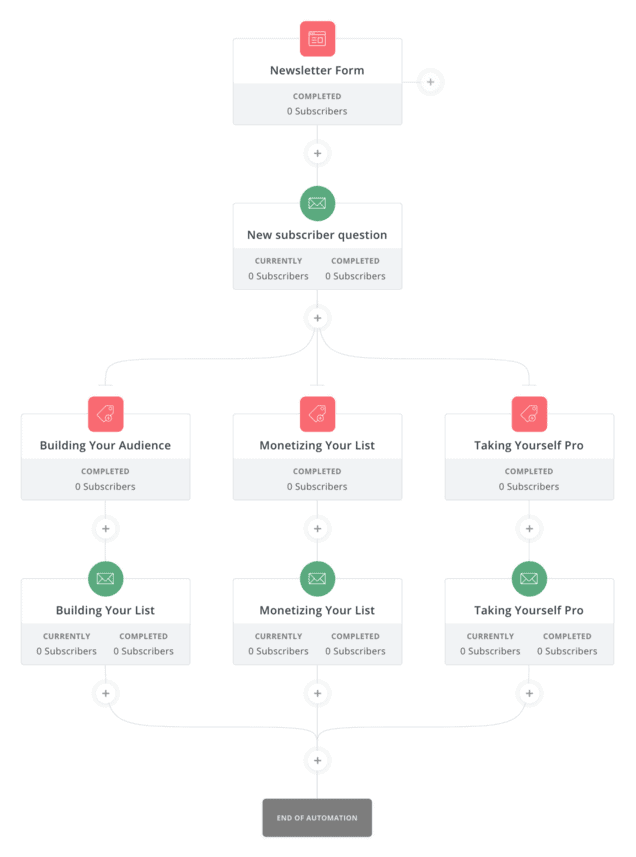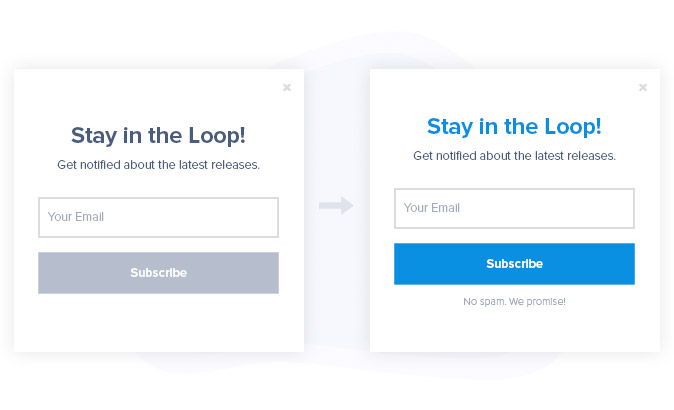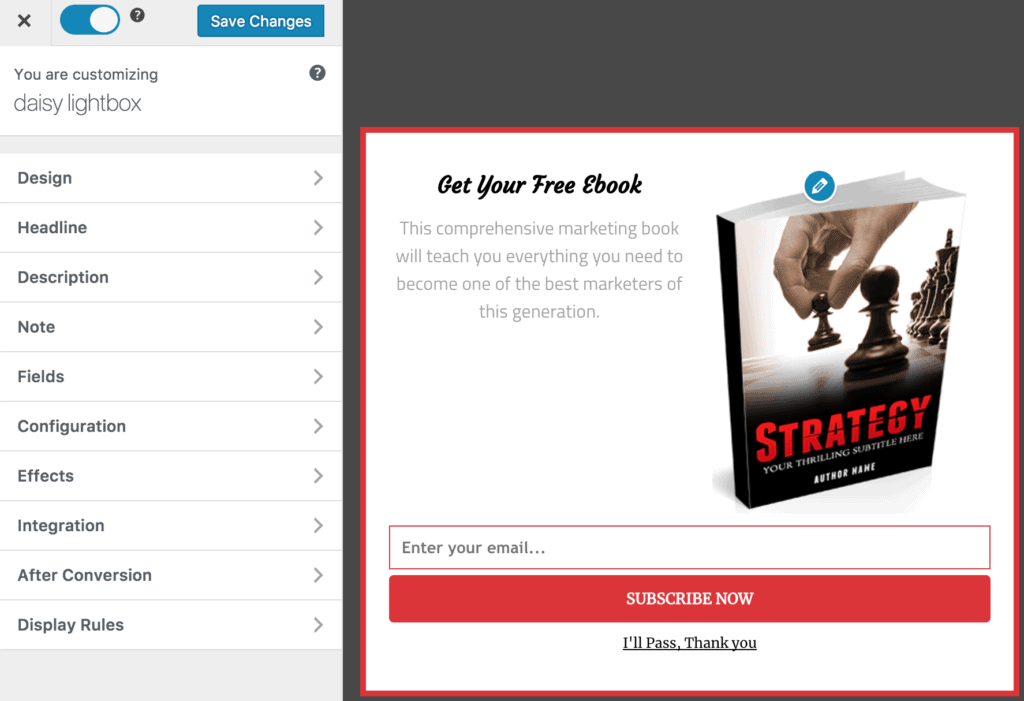6 Ways of Improving Email Open Rate
There can be a lot of noise in customers’ inboxes today. If you manage to get your messages in front of a lead then there is still no guarantee that they will open it.
In GetResponse’s 2019 Email Marketing Benchmark Report the average email open rate for all industries was 22.15%. How does your business measure up to this?
There are only a few factors that influence whether or not a lead will open your mail, such as the subject line and relevance to the recipient, so you need to make them count.
Here are some tips that may help you to cut through the chatter:
1. Refine Your Subject Lines
Make it Personal
This tactic has been around for a while now, but can still be effective. Neil Patel recommends including the recipients first name in your subject line. The personal touch could be eye-catching and may help to build trust.
Keep it Short
In general, it is better to keep your subject lines short and concise. Readers like to know why you are contacting them and what they can find inside the message.
Also, more and more people are using mobiles to view emails, so you need to keep this in mind. Subject lines can be cut off on mobiles, only showing a snippet. If your line is short in the first place then it is less likely that any of it will be missed.
Wordstream recommends keeping your subject line below 50 characters.
It’s sensible to A/B test to see what works for your business and individual campaigns, as there is always the exception to the rule. Sometimes a long subject line may be exactly what you need.
Be Wise with Your Words
You need to think carefully about the words you use. Certain words could make it more likely a recipient will open your message, whereas others may land your message in the spam folder.
2. Pay Attention to Preheader Text
Preheader text is the piece of copy displayed after or next to your subject line. It’s a second opportunity to capture your viewer’s attention and try to get them to open your message.
The rules to writing good preheader text are similar to the subject line.
There can be different tactics for writing effective preheader text. It can depend on your industry, the goals of your message and your email marketing strategy overall.
Target Marketing Mag recommend:
- Linking the words back to the subject line.
- Follow the same style, voice, and guidelines you usually do for email copy.
- Include as much detail about the message as you can within the confines of the copy.
- Treating your preheader like a second subject line: Approach it a similar way, making it useful and specific, etc.
- Including a CTA or a secondary one if there is already one in your subject line.
- Frontloading key words and phrases that you know are effective at the start of your text.
Again, the length of your text is important. Search Engine People recommend:
“Treat your preheader like a mini tweet. Lead with the most important part of your message. Better still, dig into your analytics and find out the email clients used by most people in your audience and adjust your length accordingly.”
It all comes back to testing what works for your company at the time. Yes, we are talking about A/B testing again.
3. Segment Your List
It can be important to segment your email list. Your business may serve a wide cross section of people, even if it doesn’t, it is likely that there are different types of leads and customers within your list. Segmenting helps to ensure that your subscribers are sent messages that are relevant to them. This can help to increase the chances of them opening the email but also decreases the chances of your mail ending up in the spam folder.

Top Tip: MailOptin provides integrations with some of the most popular mailing providers, so you can use their segmenting options to suit your needs.
4. Monitor Your Frequency
Mailchimp recommends looking at how often you are sending your emails. Are you sending them too often or not enough (although sending more in a campaign generally has a negative impact, but again, there is always an exception)?
5. Avoid The Spam Filters
The more emails that you can get in front of recipients (instead of ending up in the spam folder) the more messages that stand a chance of being opened.
For some more detailed advice that could help you to avoid the spam filters, read this article.
Some of the main points include:
- Focus on engagement with your emails.
- Keep your email list clean.
- Pay attention to the words you use.
- Tell people what to expect.
6. A/B Test
Yes, we have mentioned this a lot in this article. But that is because it is important. It’s one of the golden rules of digital marketing in general, and email marketing is no exception. What works for your business may not work for another. And it may work today, but not tomorrow, or in this campaign but not the next. Test your variables people, and keep on testing to continually optimize what you are doing.

MailOptin and Open Rate
Improving your open rate can be a great investment, but this is all theoretical if you have a small or non existent email list.
Lead generation forms are an integral part of your list building strategy. And a high-quality form with a professional finish could enhance your branding and help to increase conversion.
MailOptin has an intuitive and powerful form builder so that you can easily build beautiful forms with a range of eye-catching effects. It has A/B testing and advanced analytics so that you can continually optimize your forms.

It also provides automated and event triggered emails and newsletters, offering integrations with lots of the popular platforms including Mailchimp, Campaign Monitor and Constant Contact.
Wrapping it Up
You only have a few different features you can use to make your email look appealing to recipients, so make sure they are working for you. Send relevant content to your subscribers and pay attention to what is and isn’t working. AB testing is your friend, test and keep testing to stay ahead of the game.
This post was written by Nick Stephens, a freelance writer specializing in digital marketing. He is a massive geek when it comes to learning how to drive business online. And loves crafting word magic. Check out more of his work at njstephens.com.
